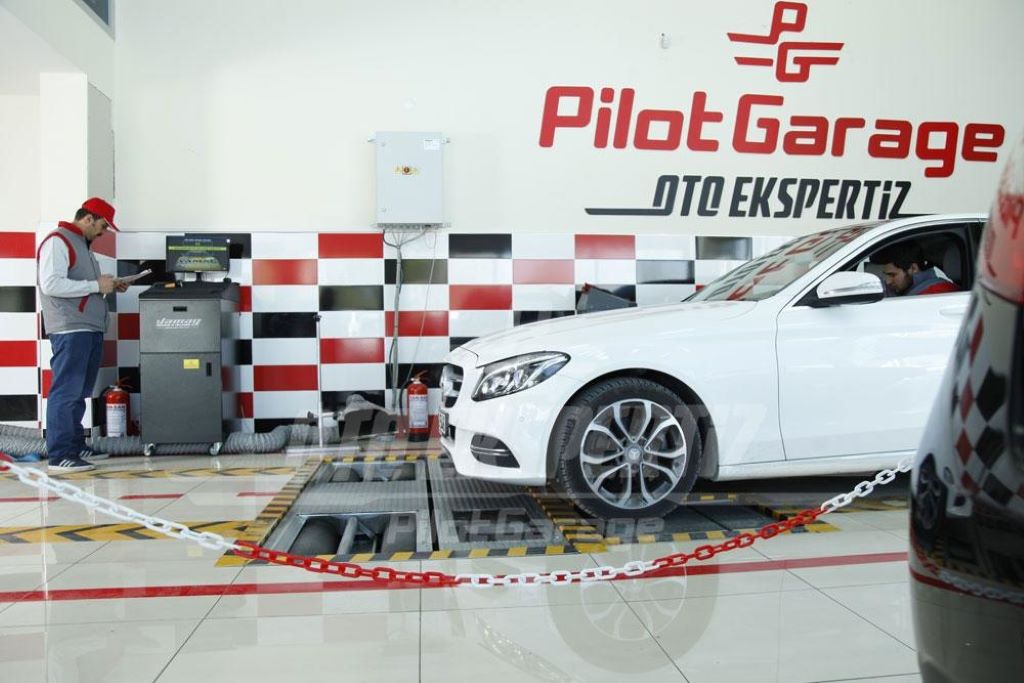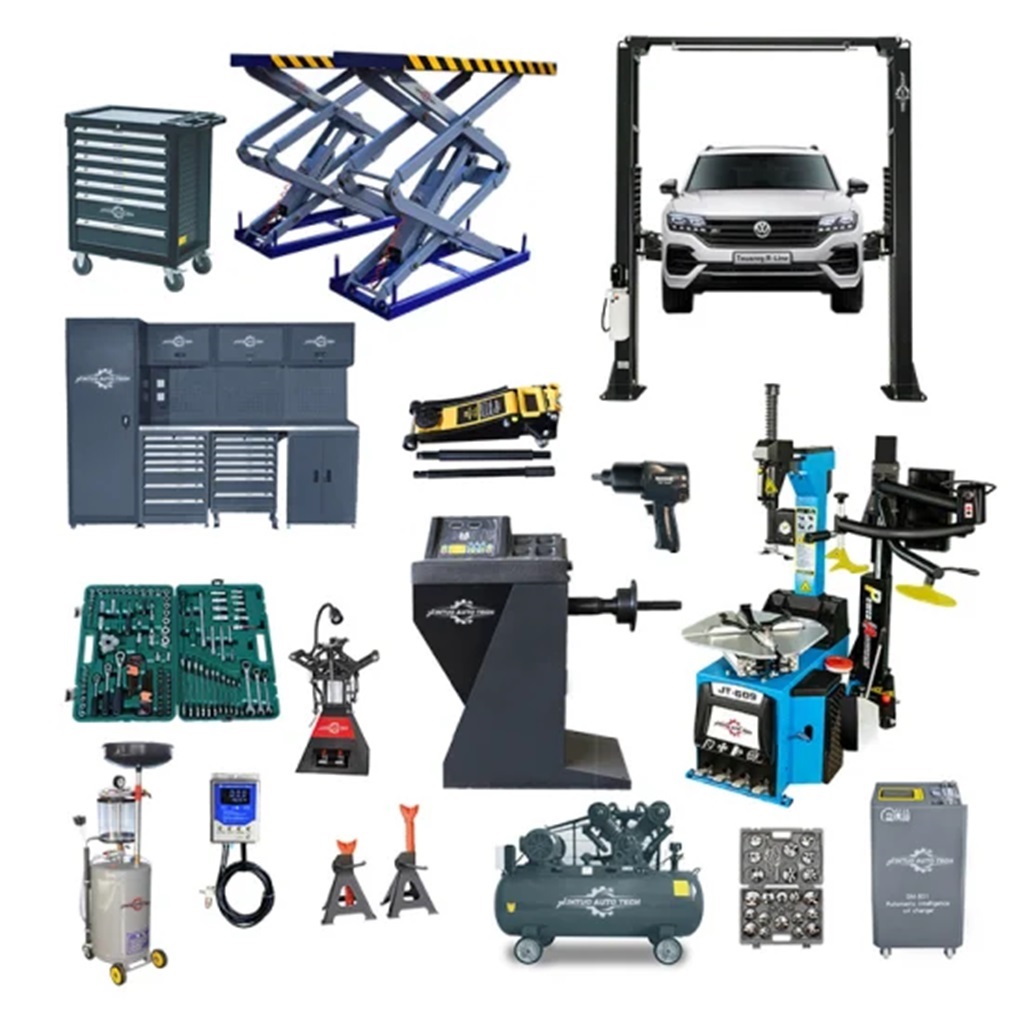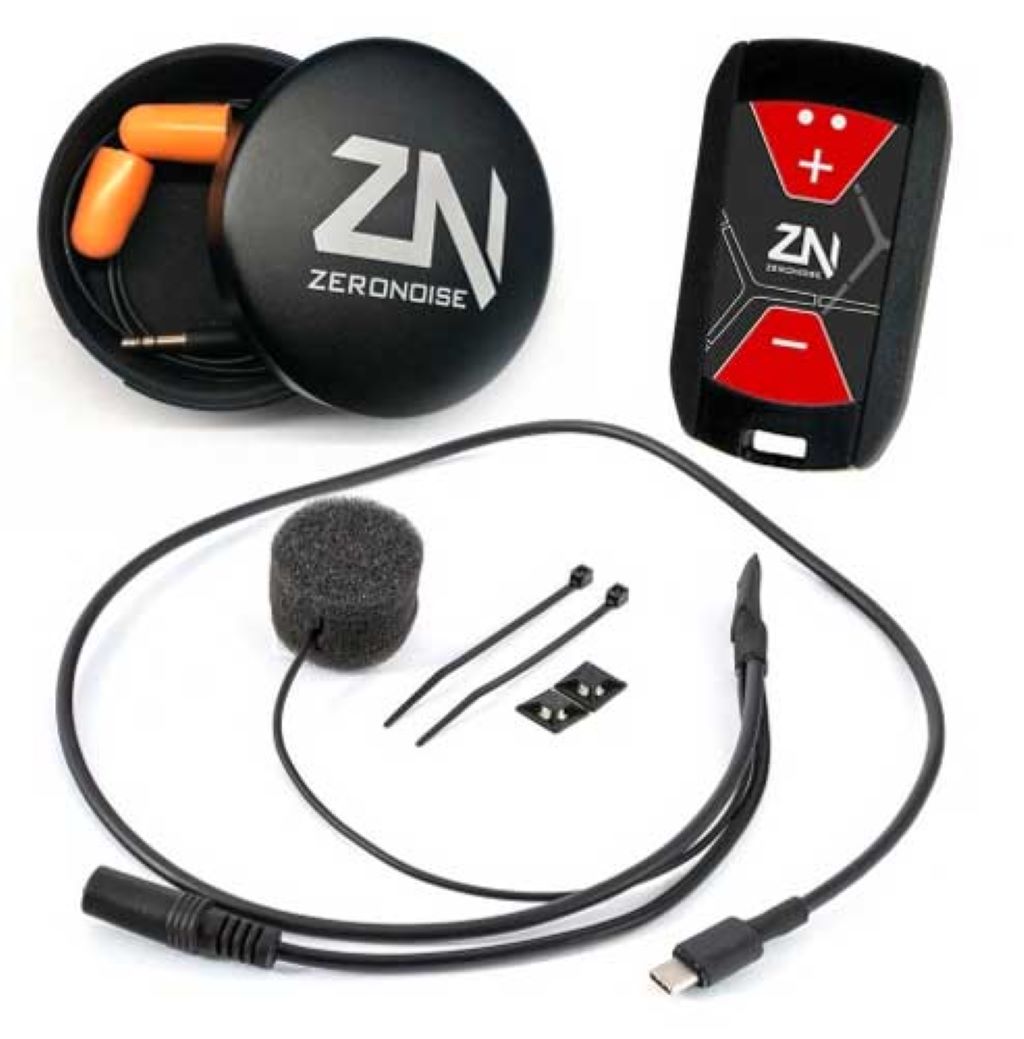Operating a pilot car requires having the right equipment to ensure safety and compliance with regulations. As a professional driver escorting oversized loads, you need to be prepared for anything that could happen on the road. This comprehensive garage pilot car equipment list covers everything you need to outfit your vehicle and succeed as a pilot car driver.
Safety Lighting
Your pilot car serves as a warning to other drivers about the oversized load you are escorting. Proper lighting ensures high visibility so motorists give your convoy plenty of room.
Rotating Lights
Rotating beacon lights are essential pilot car safety equipment. They alert other drivers to your presence from all angles. Choose:
- An amber beacon light bar with magnetic mounting for easy transfer between vehicles. Models with suction cups hold well at high speeds.
- Low profile beacons if you need to keep overall height down for clearing overpasses.
- Strobe lights that emit an attention-grabbing flash.
Install beacon lights on the roof or hood pointing forward and backward so your convoy is visible coming and going.
Arrow Sticks
Arrow sticks mount on the rear of your pilot car to indicate the direction the oversized load will turn. Opt for:
- LED arrow sticks for brightness, energy efficiency, and long life.
- A model with a self-leveling sensor to keep the arrow vertical on hills.
- An adjustable mount you can raise and lower as needed.
Choose a high-powered incandescent magnetic arrow stick as a backup in case your primary LED fails.
Light Bars
Full-width light bars provide complete side-to-side visibility:
- For maximum brightness, look for a 50+-inch LED light bar in amber.
- A combo amber/white LED light bar lets you switch between amber warning and white work light modes.
- Buy a light bar with an adjustable mounting bracket to fine-tune the angle.
Flashers
Install extra flashing lights on the front and rear bumpers or side mirrors. Choose:
- Compact round or rectangular LED flashers. Low current draw preserves vehicle battery life.
- Incandescent flashers as backup lights.
- Surface mount or magnetic base flashers for transferring between pilot cars.
Identification Lights
Custom vinyl lettering or magnetic signs prominently identify your vehicle as a pilot car. Include:
- 10” letters spelling out “OVERSIZE LOAD” on the front and rear.
- 4” letters with your company name and phone number on the sides and rear.
Use retroreflective vinyl or paint for high visibility at night. Choose colors like yellow, orange, or white that contrast with your pilot car’s color.
Communication Equipment
Reliable communication between the pilot car, oversized load, and any trailing vehicles provides coordination ensuring safe passage.
CB Radio
A CB radio is essential for continuous contact with your convoy and other drivers:
- Choose a 40-channel CB radio with a maximum legal output of 4 watts.
- Look for a model with RF gain control to adjust reception.
- Select a CB antenna optimized for your vehicle, such as a small antenna for cars or large antenna for trucks.
Keep extensions cords and magnetic mounts on hand so you can quickly set up the CB in any vehicle.
Walkie Talkies
Bring powerful long-range walkie talkies as a backup if your CB fails or for communication outside vehicles:
- Choose a 5-watt GMRS/FRS radio providing up to 36 miles of range.
- Models with NOAA weather channels give weather and emergency alert access.
- Pick walkie talkies with headsets for hands-free use while driving.
Dash Camera
A dash cam on your pilot car provides video documentation in case of accidents or violations. Get one with:
- Front and rear cameras to record in both directions.
- GPS to capture vehicle location and speed data.
- Loop recording so video isn’t lost if the SD card fills.
Position cameras discreetly so they don’t obstruct your view.
GPS Navigation
A dedicated GPS unit helps scout routes and provides turn-by-turn guidance:
- Choose a trucker-grade GPS with up-to-date maps and truck-friendly routing.
- Get a large 7”+ screen for easy viewing while driving.
- Look for texte-to-speech capability to hear turn instructions through your stereo.
Mount your GPS high on the windshield for optimal visibility.
Safety & Compliance Gear
Carrying the right gear ensures you can handle any situation while remaining compliant with regulations.
Safety Vests
Keep ANSI Class 2 high-visibility vests or jackets in the pilot car for every passenger:
- Look for lightweight, breathable mesh vests that won’t cause overheating.
- Get vests with reflective silver trim for visibility at night.
Wear your safety vest whenever you exit the vehicle on the roadside.
Traffic Control Paddles
Carry bright STOP/SLOW paddles for manually controlling traffic when required. Choose paddles:
- At least 18” in diameter with reflective surfaces for visibility.
- With rigid handles so you can hold them steady in windy conditions.
- Made from lightweight polypropylene for ease of use.
Keep paddles easily accessible so you can grab them quickly when needed.
Emergency Triangles
Traffic safety triangles or road flares notify other drivers of stopped vehicles. Get:
- High-intensity LED electronic triangles visible up to 1 mile away. They’re lightweight, stable in wind, and reusable.
- Traditional reflective triangles as an economical backup option.
- Safety flares like REDCYN models that burn 20+ minutes and can be extinguished and reused.
Place triangles/flares 100’-500’ behind any stopped vehicle depending on road type.
Fire Extinguisher
Carry at least one 5lb ABC fire extinguisher in case of vehicle or brush fires along the route. Choose extinguishers:
- Rated for use on Class A (ordinary combustibles), Class B (flammable liquids), and Class C (electrical equipment) fires.
- Featuring a metal valve and trigger assembly for durability.
- With a pressure gauge indicating full charge.
Make sure all passengers know the extinguisher’s location and operation.
First Aid Kit
Every pilot car should have a well-stocked first aid kit for treating minor injuries. Include:
- Sterile gauze pads, roller bandages, adhesive tape, and disinfectant wipes
- Trauma items like tourniquets, compression bandages, and trauma pads
- Medical essentials like nitrile gloves, trauma shears, tweezers, and a CPR mask
- Medications like ibuprofen, antacids, Benadryl, and antibiotic ointment
Choose a kit sized appropriately for your vehicle occupancy and available storage space.
Emergency Roadside Kit
Carry equipment to handle common roadside issues like breakdowns and flat tires:
- Flashlight, flares, and reflectors for increased visibility
- Reflective safety vests and gloves to protect you while outside the vehicle
- Jumper cables, battery charger, tire inflator, and portable air compressor for on-the-go power and refills
- Basic toolkit with wrenches, pliers, screwdrivers, and utility knife
- Tow strap, bungee cords, and zip ties for minor repairs
- Rags, towel, tarps, and trash bags for spills/debris cleanup
- Bottled water, non-perishable snacks, and emergency Mylar blankets
Store items in a kit that’s organized and easy to access.
Wheel Chocks
Wheel chocks are wedge-shaped blocks that hold parked vehicles in position:
- Buy sturdy rubber or polyurethane chocks that won’t crack or split.
- Chocks marked L and R make proper positioning intuitive.
- Get an aluminum pull rope handle to safely retrieve chocks.
Use chocks when parked on inclines or while loading/unloading oversized cargo.
Tire Pressure Monitoring System
A TPMS monitors tires for dangerous underinflation and blowouts:
- Aftermarket options stick on valve stems or clamp to the rim.
- Bluetooth-equipped models transmit pressure data to an in-cab display or your smartphone.
- Opt for a system that triggers an alert when tires drop 25% below recommend pressure.
Proper inflation is especially critical with heavy pilot car loads.
Portable Toilet
Long trips call for a portable toilet in your pilot car for bathroom breaks:
- Look for a toilet with a 15-30 gallon waste tank for extended use between emptying.
- Select a model with an integrated tank flush system for rinsing the bowl.
- Consider disposable bag liners for fast, hygienic waste removal.
Secure tanks during transport to prevent spills or tipping.
Permit Book
Carry permits and route surveys required by states you’ll be traveling through:
- Use a heavy-duty 3-ring binder that opens flat for convenient documentation access.
- Insert permit copies in clear sheet protectors so they stay clean and undamaged.
- Also store maps, route highlights, Hazmat information, and contact lists.
Keep your permit book up-to-date and with your pilot car at all times.
Comfort & Convenience Accessories
Extended trips make pilot car comfort valuable. Consider these accessories:
- Window shades like Weather Tech sunshades provide privacy and keep vehicle interiors cool.
- A small cooler lets you store beverages and snacks for long stretches between stops.
- Portable humidifiers combat dry air that can occur during winter months.
- Tissue packs and disinfecting wipes maintain hygiene when bathroom stops are scarce.
- Emergency roadside toilet bags like Restop 2 disposable bags for when you can’t wait.
- Travel pillows and blankets allow resting or napping during convoy stops.
Pilot Car Accessory Maintenance
Follow these tips to ensure your equipment operates reliably when needed:
- Inspect all lights and flashers regularly for broken lenses/covers and blown bulbs. Carry spares.
- Check fire extinguishers monthly for full pressure charge. Replace expired extinguishers.
- Restock first aid kits after use. Check expiration dates at least annually.
- Recharge flashlight and electronics batteries before each trip.
- Wash magnetic signs when they accumulate excessive dirt and grime.
- Test CB, GPS and camera operation before each convoy. Have backup units available.
- Lubricate accessories like tire pressure sensors and chock pull ropes to prevent jamming.
- Detail the interior before long trips for easier cleaning up messes.
Proper pilot car equipment maintenance saves hassles and ensures you’re prepared to safely lead convoys.
FAQs
Q: How much amber warning light coverage should my pilot car have?
A: Strive to provide 360-degree visibility. At minimum install forward-facing and rear-facing beacons, plus side flashers visible from both directions.
Q: Where should I mount my CB radio for best use?
A: Install it conveniently within reach of the driver’s seat, typically on the center console or dashboard. Avoid mounting locations that obstruct your view.
Q: What supplies should I pack for COVID-19 hygiene?
A: COVID essentials include facial masks, gloves, disinfecting wipes and spray, hand sanitizer, and possibly protective eyewear. Store extra supplies for passengers.
Q: Can I use homemade STOP/SLOW paddles?
A: No, paddles must meet stringent visibility standards. Use only commercial-grade models made with approved reflective materials.
Q: How do I safely use a portable toilet inside a moving pilot car?
A: Stop the vehicle first. Make sure the toilet is on a level, stable surface and the tank is properly secured before use. Keep lids closed tightly to prevent spills.
In summary
Properly outfitting your garage pilot car takes research and planning. Follow this comprehensive pilot car equipment list to ensure you have the lighting, communication gear, safety items, and accessories needed to operate safely and professionally. The best way to repair my garage roof is to pay close attention to equipment condition and maintenance, much like investing in quality pilot car gear that pays dividends through enhanced safety, compliance, and convenience over thousands of miles of convoy driving.







